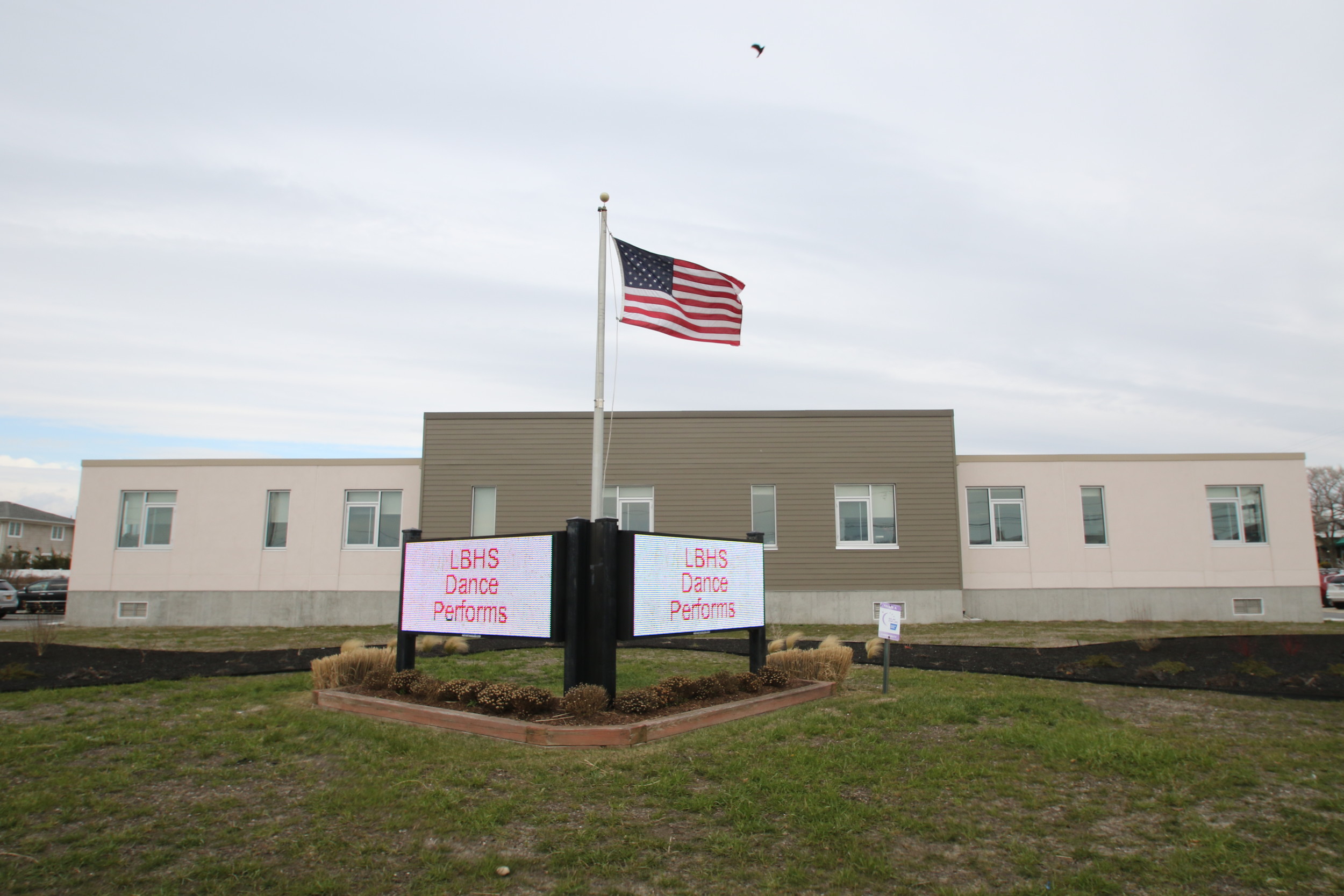School district is ‘susceptible to fiscal stress’
Sandy costs hurt economic standing
The Long Beach School District is one of 60 districts in New York state deemed to be in fiscal stress, according to a report released on Jan. 25 by state Comptroller Thomas DiNapoli.
The list classified the district — which received a fiscal score of 41.7 percent — as “susceptible to fiscal stress,” a category that included 47 other schools. Two schools were judged to be in “significant” stress, according to the report, and nine others were considered in “moderate” stress. Some 671 school districts were evaluated for the last fiscal year, which ended on June 30, 2016.
The state’s fiscal stress monitoring system serves as an early warning to local governments and school districts. The state examines financial indicators including year-end fund balances, surpluses or deficits, the amount of cash on hand and the use of short-term debt, as well as a school district’s property values, enrollment, budget vote trends, graduation rate and participation in free or reduced-price lunch programs.
In the 2015-16 school year, 14.6 percent of all Long Island school districts experienced fiscal stress, according to DiNapoli’s office — 5.6 percentage points lower than the previous year.
This is the fourth annual report of its kind released by the comptroller. Though fiscal stress across New York schools is down — 87, 90 and 82 districts were listed in the study’s first three years — this is the third year that the Long Beach district has been designated as susceptible to fiscal stress.
“It has to do with some borrowing we had to do related to the storm,” explained Superintendent David Weiss, referring to Hurricane Sandy, which destroyed some of the district’s infrastructure in 2012. “We’ve been at this low-level category for a couple years, since the storm. It has to do in part with borrowing, and in part with the use of reserves.”
The district sustained over $35 million in damage from Sandy, which led it to borrow money for repairs.
Weiss said that the formula the comptroller’s office uses does not account for emergency circumstances such as storm damage, and that the district received negative points in DiNapoli’s ratings because of the borrowing.
Although the district makes use of state aid, tax revenue and various tuitions and fees to support its education program — which includes teacher salaries, transportation, maintenance of its facilities, equipment and supplies — revenues did not cover the cost of its general operations in 2015-16.
“Those three areas haven’t been enough to pay for our program, so we had to tap into the savings accounts, which have been running lower and lower,” said Michael DeVito, the district’s chief operating officer. The district used $2.3 million from reserve funds last year.
“[The borrowing] has been a major reason,” Weiss said. “We’re also using our reserves to fund our program, but we did have adequate reserves to do that, so I think it’s the combination of the two. I don’t think either one alone would have put us over.”
He added, “It’s an indicator of long-term economic distress, and we have some issues, but we certainly are not in fiscal crisis.”
Weiss said he expected the district’s fiscal score for the current year to improve because it is no longer borrowing to cover storm-related costs.
According to DiNapoli’s report, school districts found to be in fiscal stress are more likely to have high levels of poverty and low graduation rates.







